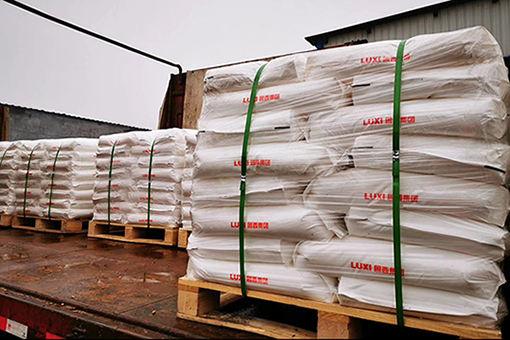zoom
FEP
-
Category:
Specialty Chemicals
Your Questions and Comments
Your sales and customer service desk partners within China Amines Co will continue to serve you. You can also contact us via our headquarter office-
Email:info@chinaamines.com
China Amines Co
Product Profile
Perfluoroethylene-propylene Copolymer (FEP)
CAS No.: 250-67-11-2
Synonyms / IUPAC Name: Perfluoroethylene-propylene copolymer; FEP
Molecular Formula: [–CF₂–CF₂–CF₂–CF(CF₃)–]ₙ
Typical Density: ~2.12 – 2.17 g/cm³
Melting Point: ~260–270 °C
Appearance: Translucent to opaque pellets or powder; may be processed as sheet, tube, or film
Physicochemical Properties (Typical)
- Thermal Stability: Continuous service temperature up to ~200 °C; melt processing temperature higher
- Chemical Resistance: Excellent resistance to most chemicals and solvents except molten alkali metals and elemental fluorine
- Water Absorption: Very low (typically < 0.01% by weight)
- Electrical Properties: Dielectric constant ~2.1 at 1 MHz; dissipation factor ~0.0007; volume resistivity >10¹⁶ Ω·m
- Coefficient of Friction: Low, similar to PTFE and other fluoropolymers
- Processability: Thermoplastic, melt-processable by extrusion or injection (unlike PTFE)
Purity & Quality Standards
- Purity: Industrial grades typically ≥ 99%; free from visible contamination; metal inclusion < 1% by weight
- Melt Flow / Melt Index: Typically 0.8–12 g/10 min depending on grade
- Analytical Methods: Gel permeation chromatography (GPC) for molecular weight distribution; DSC for melting point; moisture content via Karl Fischer or equivalent
- Packaging: Supplied in moisture-sealed, static-resistant containers with batch identification
- Stability: Stable under normal handling; avoid extreme heat and reactive metals
Applications / Uses
- Wire & Cable Insulation: Excellent performance in high-temperature or chemically aggressive environments
- Tubing, Hose & Linings: Ideal for chemical processing piping, valves, and fittings due to chemical inertness
- Films & Sheets: Used in applications requiring transparency, electrical insulation, and chemical resistance
- Moulded Parts: Suitable for precision components needing thermoplastic processability and fluoropolymer properties
- Coatings & Linings: For vessels and equipment exposed to harsh or corrosive conditions
Safety & Handling
- Health Hazards:
- Low hazard in solid form; may release toxic fumes (HF, carbonyl fluoride) if overheated
- Molten material may cause thermal burns on skin contact
- Precautions:
- Ensure proper ventilation during melt processing
- Avoid inhalation of fumes and contact with hot polymer
- Use protective gloves, safety glasses, and face shield during cutting or molding
- Reactivity / Incompatibilities:
- Avoid molten alkali metals, fluorine, finely divided metals, and strong reducing agents
- Thermal decomposition above ~380–400 °C may release hazardous gases
- First Aid:
- Inhalation: Move to fresh air; seek medical attention if respiratory irritation occurs
- Skin Contact: Cool affected area with water; do not remove adhered polymer; seek medical treatment for burns
- Eye Contact: Rinse cautiously with water; seek medical attention if irritation persists
Packaging & Storage
- Packaging: Supplied in sealed, static-protected bags or drums, typically palletized
- Storage Conditions: Store below 30 °C in a dry, well-ventilated area away from direct sunlight and ignition sources
- Container Closure: Keep containers tightly sealed to prevent contamination or moisture ingress
- Shelf Life: Stable indefinitely when properly stored; inspect packaging integrity before use
- Transport: Generally non-hazardous in solid form; confirm local regulations for powders or molten states



